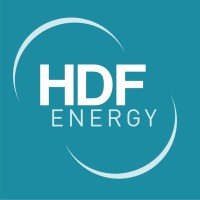OGE and RWE present H2ercules concept
The green hydrogen will be transported from the north to the steelworks, chemical plants and refineries in the Ruhr area and southern Germany.

OGE and RWE jointly developed the national infrastructure concept called “H2ercules” to speed up the process of building a German hydrogen industry and infrastructure.
The infrastructure is set to connect electrolysers and storage and import facilities in the north of the country with industrial consumers in the west and south of Germany.
Additional import routes from the south and east that are currently under development are to be connected by 2030. H2ercules is thus set to become the backbone of a hydrogen infrastructure linking the North Sea coast with southern Germany. The first large companies, such as ThyssenKrupp, have signalled their interest in being connected to such a grid.
It is estimated that investments of about €3.5 billion will be needed to implement the project. However, as most H2ercules can use converted existing natural gas pipelines, the proposal can be implemented significantly more quickly and cost-effectively overall than infrastructure constructed from scratch.
RWE wants to construct new electrolysers with a capacity of up to 1 GW by 2030 to produce green hydrogen. In addition, RWE is planning to import large volumes of hydrogen. RWE also intends to build H2 ready gas-fired power stations with a capacity of at least 2 GW close to the planned H2ercules route and for its gas storage systems near the Dutch border to also connect into the hydrogen pipeline.
In this way, a pipeline network of around1,500 kilometres can be created that fits into the Germany-wide hydrogen network planning.
